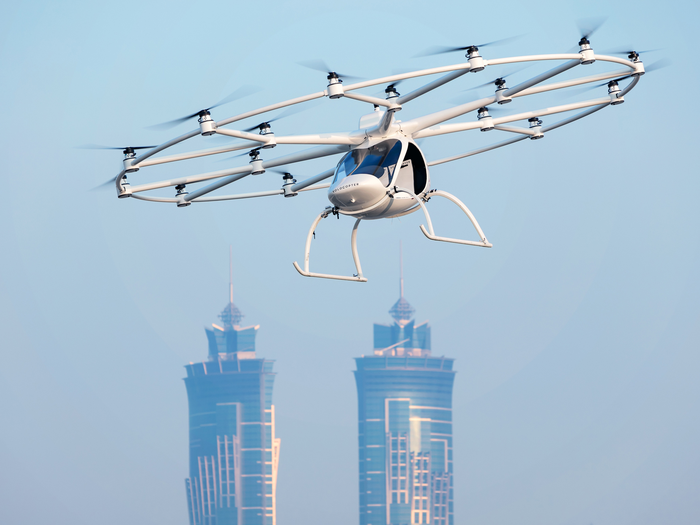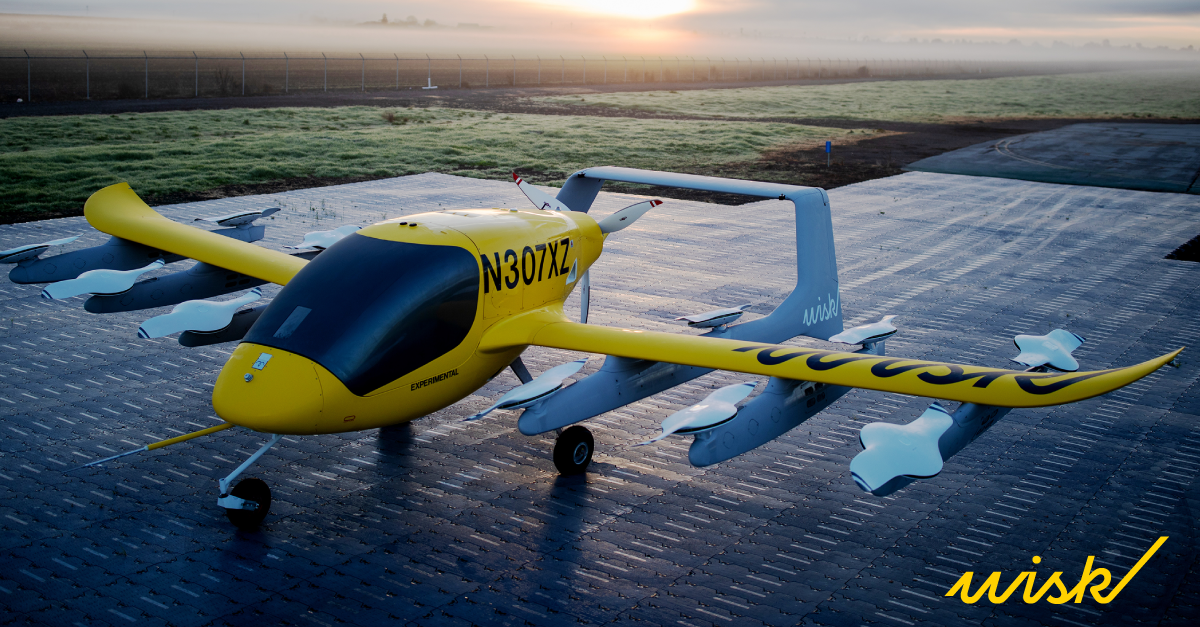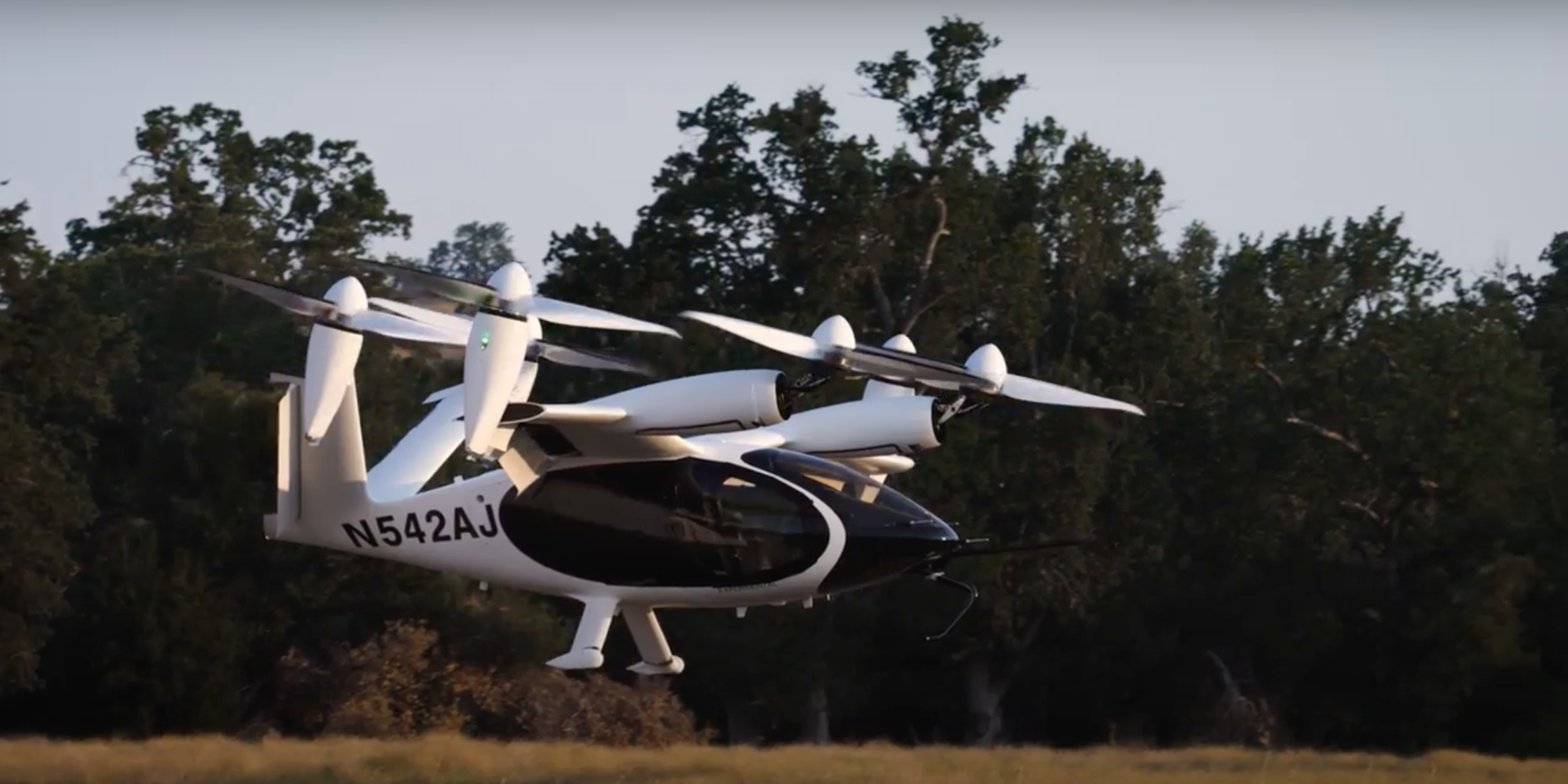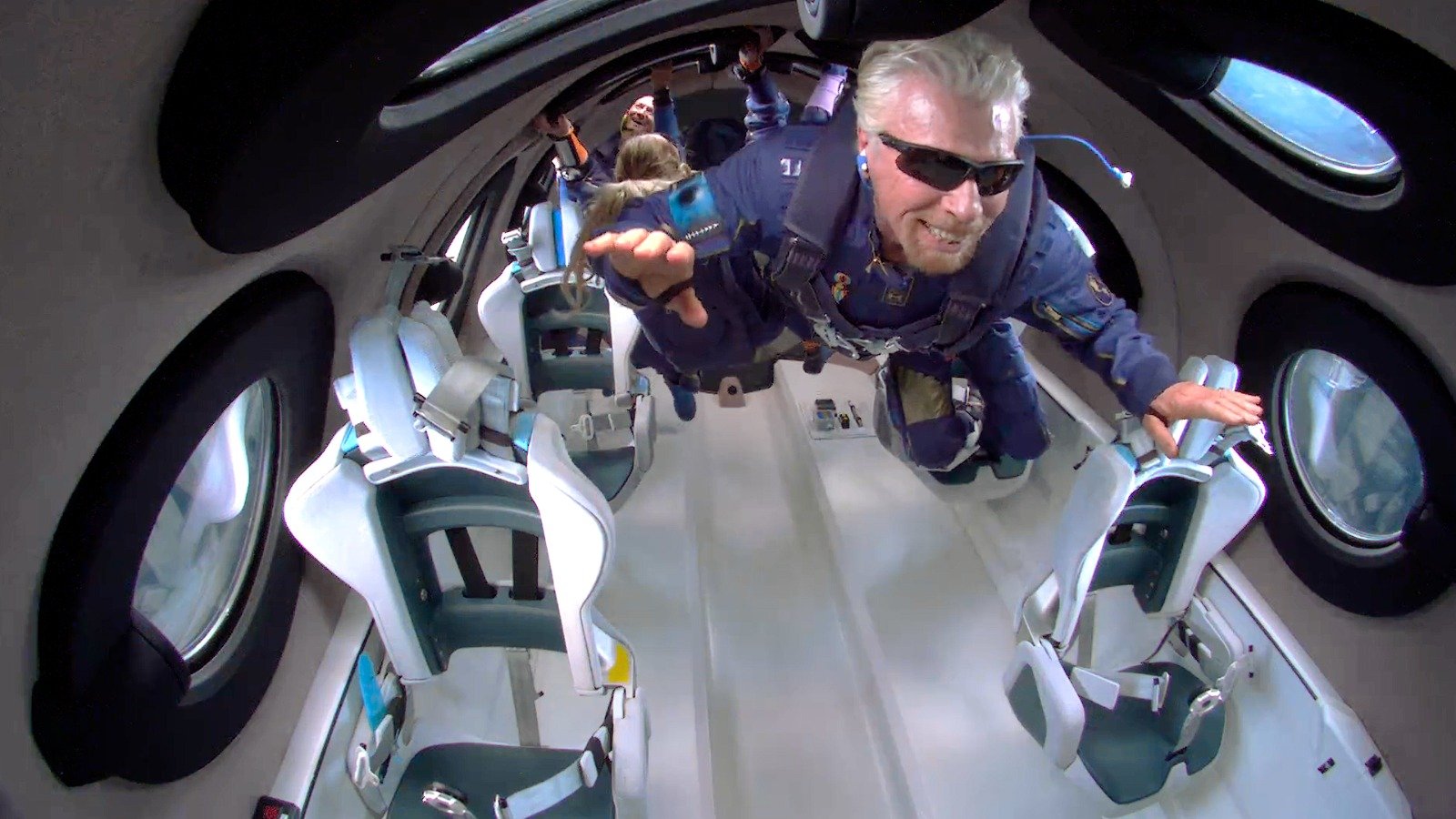The Year in Review: Industrial Design, 2021
As we cruise into the year 2022, industrial designers ought to take a good long look in the rearview mirror. What things defined the design landscape of 2021? What do the patterns, discoveries, and detours of the recent past tell us about the industry’s road ahead? The members of our studio compared notes from three major industries and came up with a few interesting observations, as well as some predictions about the year(s) to come.
Automotive
The electric car is here to stay, folks. .
This last year, the Biden administration resolved to make half of all new car sales electric by 2030. Just about every car manufacturer, including Ford and GM, has prioritized the production of electric vehicles.
Most notably, a few scrappy new EV companies really came into their own last year. Everyone is already familiar with Tesla, but the list also includes Rivian (a company producing powerful electric trucks) and Rimac (a Croatian company designing and building the fastest cars in the world). Ray Mattison, our studio’s lead designer, likes to refer to himself as “Mr. V8 Transmission,” and even he is excited about the design potential of electric vehicles.
The interior of these cars is the most striking design element by far. The Tesla interior has almost no buttons at all. “It’s like they stuck an iPad on the dashboard,” says our studio’s president, Tina Mattison. Despite the lack of familiar controls, navigating the interior feels intuitive.
We predict that electric vehicles will soon become ubiquitous. Maybe not this next year, but in the next decade for sure. Here are more of our thoughts about the future of the automotive industry.
Aerospace
Two years ago, rumor had it that electric vertical take-off and landing (EVTOL) aircraft were soon going to run the world.
Everyone who was anyone was backing some sort of EVTOL venture. 2021 saw the maturation of the more serious projects. Companies like Joby, Archer, and Wisk are now producing viable EVTOL aircraft. At SEMA 2021, we were able to actually sit in this Volocopter. It’ll be cool to see this field develop.
Space Flight
We can’t talk about aerospace in 2021 without also talking about private space flight.
There was, of course, the little slap fest between Bransen and Bezos about who actually went to space first. As exciting as that drama was, our studio was far more impressed by the Space X flight to the international space station. For about a decade, American astronauts had to carpool with the Russians. Lastly, we believe it’s worth noting that Captain Kirk made it to space, thanks to Blue Origin. May commercial space flight live long and prosper.
Overall, the design potential in aerospace may outpace automotive, as EVTOL aircraft and private space flight really take off. If you’re interested, we can give you three other reasons to be excited about the future of aviation.
Technology
2021 was the year Facebook changed its name to Meta, and our culture has just scratched the surface of all that implies.
Our studio recognizes the enormous design potential of the metaverse, or the persistent virtual reality inhabited by millions, with finite resources -- resources that are now for sale. People with real money started investing big time in the metaverse last year.
It’s interesting for industrial designers to consider building products inside the metaverse. We predict that it’ll become commonplace. Imagine: we could create and sell digital products that exist only in the metaverse -- products that people can purchase for their avatars, their virtual homes, etc. The possibilities are endless.
The other implication for ID is, of course, tech interface. Virtual reality is blurring the line between what’s real and what’s not. When you stop to think about it, we’re already there: companies like Peloton have designed their product with a built-in virtual reality, where you bike and run alongside others from across the world in real time.
Drone tech also came into its own this last year. We had the privilege to design and build a drone for a company in South America, for the delivery of medical supplies to remote villages. This technology is really maturing, and many companies are now investing in it.
Our Takeaway
2021 was a big year for design. In the three industries we mentioned, so many things are happening that it’s easy to lose track. But our studio likes to keep ahead of the curve. Cheers to 2022!










